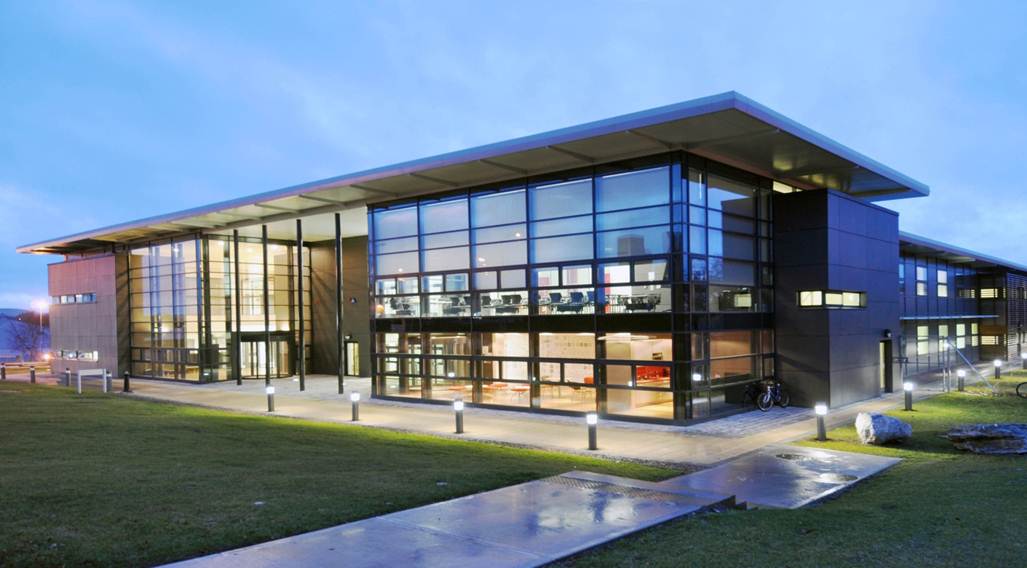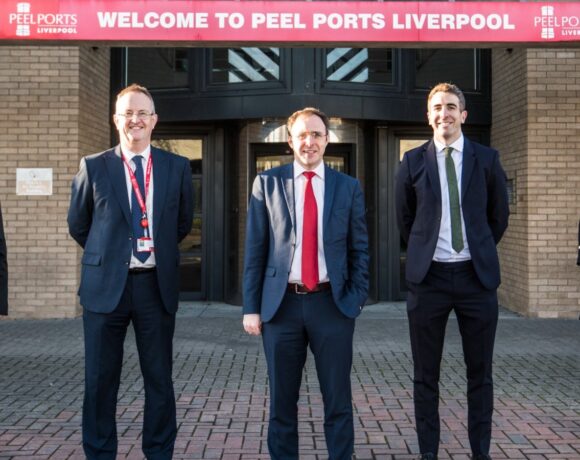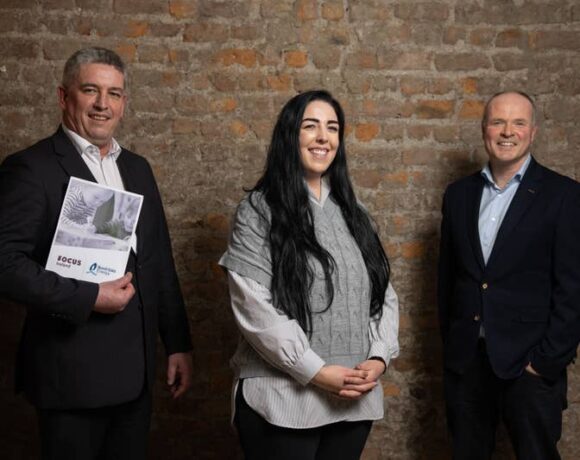The internet-a-things, the continuing revolution of the internet that incorporates a digital presence in everyday items and services, also has serious potential in terms of local government and providing services to citizens. Ireland has already proven to be at the vanguard of this sector, with smart-technology developments throughout the country.
One of the more visible representations of the Internet-of-Things (IOT) is the recently released Amazon Echo, a home oriented device capable of playing music, compiling shopping lists, reminding you of to-do items, playing audiobooks and providing weather, traffic , news and other real-time information. Other IoT products on the market include WiFi enabled toothbrushes, self-ordering refrigerators and smart doorbells and house alarms. An IoT device is defined as something where (a) a digital sensor can be embedded, (b) the electronic device has some measurable processing power and (c) most importantly, the device can be networked via the internet. When this is projected onto a larger scale it provides local authorities with the capability to both gather serious amounts of data and provide the resulting services in areas such as transportation, water and waste management, with the benefit of this accurate data. This has both national and global potential.

Concept of smart home and control device. Technology device, system mobile automation, monitoring energy power, electricity efficiency, equipment temperature, remote thermostat illustration
Ireland’s prime position for IoT
Ireland is well set up to make itself a hub of IoT technology. As early as 2014, Dublin was named by National Geographic magazine as the international capital of the Internet of Things. Working with Intel, Dublin City Council announced the Smart City initiative. There are currently (as of October 2016) four major IoT projects in the city.
1) Next generation flood monitoring and alerting with Dublin City Council and the Science Foundation Ireland (SFI) Connect Centre.
2) Smart Croke Park with the GAA and Dublin City University.
3) Smart Cities Business Models with SFI and Maynooth University.
4) Something in the Air: A collaboration between the Environmental Protection Agency and the National College of Art and Design exploring how to design interactions with citizens around Air Quality Data.
Other initiatives underway include BikeLook. This is a trial project underway in Dublin City University using low-cost Bluetooth sensors on bikes and bicycle racks that will also generate useable traffic and cycle-pattern data. It alerts cyclists, via a free app, if a bicycle is moved and it doubles as a cycle register. Big Belly smart waste systems are also operating in Dublin, expanding on their global client base in over 50 countries. They have provided solar-powered waste compactors at various points around the city. This smart waste and recycling system compacts waste and enables recycling via real-time, cloud connected management software. On the 12th of October 2016, the Smart Dublin project hosted 35 exhibitors to show the range of future technologies that are being piloted, scaled and developed in Dublin and elsewhere in Ireland.
Philomena Poole, chair of the Smart Dublin project said: “There is a fantastic opportunity to embrace new technology innovations to transform the way Dublin solves challenges in areas such as transport, climate change, and energy and citizen engagement. The best way to achieve this ambition is through collaboration. Many of the world’s top tech companies, leading research institutes, innovative SMEs and start-ups are right on our doorstep. It is an ideal time for Dublin’s local authorities to embrace these opportunities.”
Other developments
Elsewhere in the country, the Nimbus Centre at Cork Institute of Technology is home to the Litmus Technology Trialling Centre, which is a public facility for the development, testing, demonstration and trialling of applications for energy, water and community technologies, all core applications for smart city and community design. In Crossmolina, County Mayo, the US smart energy company Silver Springs Networks has commenced the roll-out of an IoT smart energy and efficiency programme.
In the South East, Waterford Institute of Technology has created one of the first ever IoT specialist degrees, with students developing a driverless car this year! The WIT research centre, TSSG, is also leading a €30 million EU-wide pilot project focused on how IoT technology and other smart technologies can transform agriculture and food production. They have also partnered with Cork’s Tyndall Research Institute to create an €82 million fund to support start-ups in the IoT sector.
Due to the size of the country, and the fact that Ireland has only one border and a high Wi-Fi spectrum capacity, it is ideal for testing IoT and digital networking technologies. Last summer, VT Networks, who provide a subscription based, low-power, wide-area communications network called SigFox, rolled out the service throughout the country, with 7 million devices having being registered to the network already. Areas particularly suited to the VT technology include smart metering, home appliances, security systems and tracking of stolen goods.
The rollout of systems such as this will enable the integration of devices such as traffic lights to collect traffic flow patterns, water usage meters to determine local government and agency responses to water shortage, and electricity usage meters to determine prime areas for investment and development. The scope of the IoT universe is vast, with almost any application or device capable of being networked, resulting in useable, hard, actionable data. Interesting times ahead.













